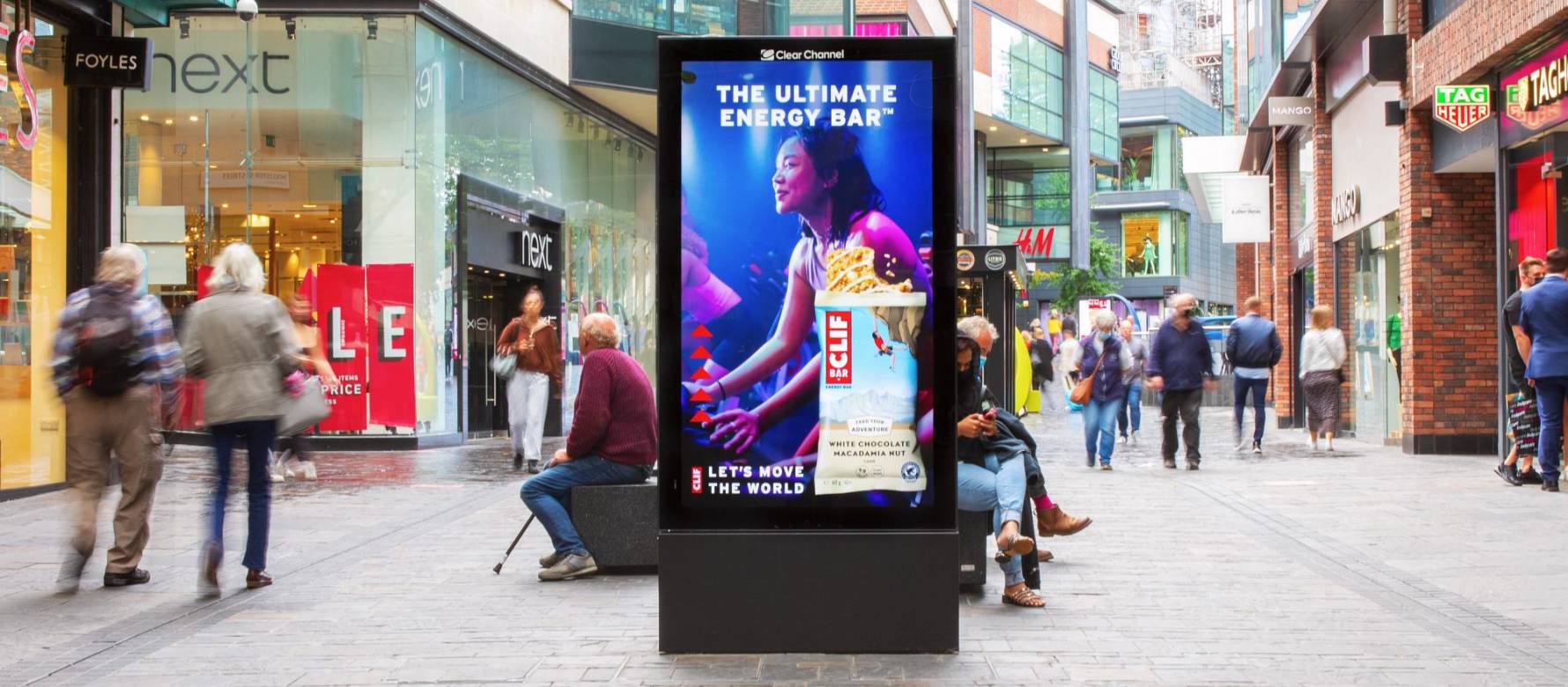6 Brand Building Tips For Small Businesses
16 Nov 2021 / Insights
In the 21st century, it's no longer enough to simply run your business. Now, the five million businesses in the UK need to focus on brand building, otherwise, they'll get blown out of the water by their competition.But what does business branding entail, exactly?
Branding is the process of not just expanding your business, but establishing it as a personality. In the information age, people don't want to feel like they're interacting with businesses, they want to feel like they're interacting with people.This article will all you through some brand building tips so you can shine in the twenty-first century.
1. Research Your Demographics
The only way to start building your brand identity is to figure out which people are patronizing your company.
This will give you an advantage over your competition. Too many businesses focus on what they want, rather than trying to get into the hearts and minds of their customers.
The internet has made it easier than ever to get hyperspecific about demographics. No longer are you limited to age, race, sex, and location. Now, you can get hyperspecific about the subcultures that you market to.
When you research your demographics, you can get more specific. When you get more specific, you seem more authentic.
Authenticity is valued in the information age. People are so used to the over-stimulation of the media that they're looking for someone honest to cut through all of it. Are you aware that 81 percent of consumers are looking for good corporate citizens to shop with?
2. Figure Out Your Voice and Personality
The other pre-step you have to take before you start branding is figuring out exactly what figure your business cuts.
To turn your business into a brand and take that brand to your consumers, you're going to have to figure out what your values are. Make a list of the things that you care about. Be honest; don't try to cater to your customers.
By doing this, you'll find out which roles you can play authentically. This is what will bring customers in.
Your branding should be a direct representation of what you believe and stand for as a company.
The next step is to figure out what your voice is. Your voice, as a business, is how you communicate your core values. Make sure that you're using the term communicate as opposed to express.
3. Take Physical Ads
Once you've figured out who you are, who you're marketing to, and how exactly you're going to bridge that gap, it's time to get branding.
Make use of a great advertising/marketing service to get into the spaces that your customers are occupying. If you're dealing with the types of people who like to get out, consider taking out ads on bar screens.
In the twenty-first century, it's not enough to have a simple TV ad. People are usually on their phones during TV ads anyway. You have to grab people where their attention is at.
When you can infiltrate the locations that your customers really spend time at, you can build up the connection in their brain that you'll help them continue the good times that they're having.
The way people perceive our personalities as humans is largely linked to where we are when we meet people. Why should it be any different with businesses?
4. Get On Social Media
Social media is unavoidable in the twenty-first century. What some people once wrote off as a passing fad has now changed the way we communicate permanently.
But that's not necessarily a bad thing.
Social media is a goldmine for anyone who's getting into branding. Now, you can take the personality that your business is adopting and use it to interact with your customers directly.
Social media is beyond the posts and updates (though that is a part of it). The brilliance of social media is that customers are able to ask you questions directly through comments and direct messaging.
If a brand is able to respond to people's questions, they're far more likely to stick around in the customers' brains.
5. Figure Out Your Competitors Brand
Figure out the branding that your competitors are going for. As someone in the industry, it can be hard to get a feel for what your competition actually seems like to a customer.
Get down into the field and figure out exactly what your competition is doing. By doing this you can learn what you're doing similarly, and what you're doing differently.
When you learn this, analyze. Consider what you want to go head-to-head with them on, and what you'd rather leave to them and find a way around.
6. Stay Consistent
Nothing destroys branding like change.
Of course, everyone needs to adapt to trends and changes in the times, but if you do too much too soon, people aren't going to be able to get a sense of who exactly you are.
Once you've done your demographic research and figured out what your personality and message is, give it some time to sink in. Branding is largely about how people are talking about your businesses to their peers.
You need to let people learn who you are and spread the word about you.
Brand Building is Very Important
It's not enough to run your business well. You need to develop a focus on brand building as well.
A brand is a set of personality traits in a business that people can recognize, so they feel like they're interacting with a business they can trust.
Once you do some demographic research, figure out what your brand personality is, take out physical ads, get on social media, research your competition, and keep up some consistency, you're far more likely to succeed.
For more information, get in touch with us today.
SHARE POST
PRESS ENQUIRIES




